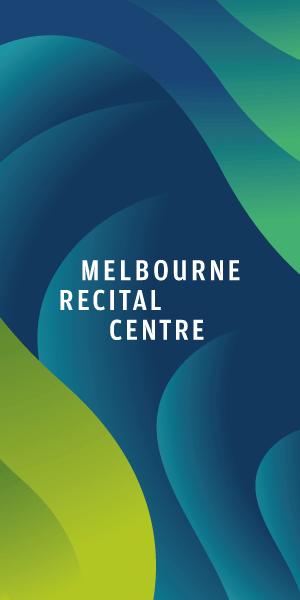Surviving the cost-of-living crisis
As we enter the third year of high inflation, there are early signs that the worst could be over for many people that are struggling financially.
Inflation to December 2023 reduced to 4.1 per cent per annum, down from a peak of 7.8 per cent per annum 12 months earlier and if economists are to be believed, interest rate relief could be in sight in the back half of 2024.
While inflation relief may be of future comfort, there are still many people struggling to keep up with their weekly bills.
In these intervening months, staying in control of your cashflow is the most important thing you can do. This involves three key steps:
Calculating your expenses
Firstly, you need to calculate how much you spend on each expense. This is important for calculating your expected cashflow surplus (or creating a surplus by cutting out some expenses) and categorising the amount of expenditure in each area of:
- Fixed bills
- Variable bills
- Discretionary spending
- Mortgage / rental payments
You can download a free budgeting tool via the MoneySmart website or via Source Wealth (our version has the added bonus of converting each expense into the categories listed above).
Review your expenses
When completing the first step, you may identify expenses that you could possibly eliminate or reduce. Some common opportunities include:
- Reviewing your home loan provider to potentially save on interest.
- Comparing your utilities provider. You may also be eligible for a $250 bonus.
- Reducing the amount of subscription streaming services you have.
- Reviewing your general insurances such as home and contents, car, and health insurances for better premium rates.
- Shopping smarter for groceries by shopping with a list to avoid food wastage and buying more items when on special.
- Avoiding costly habits such as buying your lunch at work every day, which over the course of a year can add up to thousands of dollars.
Creating separate bank accounts to stay in control
Instead of having just one bank account, having multiple bank accounts for each type of expenditure category listed above as well as a savings account, can help you stay in control.
It works best if you create automatic transfers the day after you get paid into each type of account. Therefore, you know how much you have in each type of account per month to spend.
For example, you will be able to see how much discretionary money you have for the period to spend on discretionary items, and you should limit your expenditure to that.
Relief may be around to the corner, however until it arrives, being in control of your cashflow is crucial. By implementing these steps, you will also be well placed to be able to save more in the future when the cost of living decelerates.
If you would like more help with your cashflow you can download a free cashflow guide at Source Wealth or find a more detailed explanation via YouTube.
Michael is a Certified Financial Planner from Source Wealth.

City of Melbourne unveils next urban forest plan for the CBD








 Download the Latest Edition
Download the Latest Edition